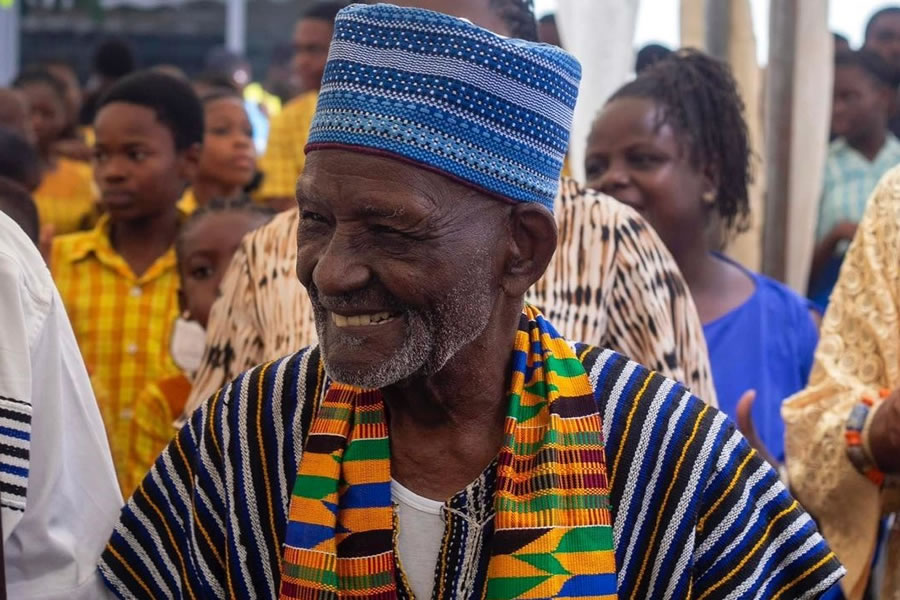
The recent history of Ghana cannot be understood without the work of James Barnor (Accra, 1929). A pioneering photographer and the country's first photojournalist, his work has become an exceptional testimony to the profound social and political changes that marked the second half of the 20th century in West Africa.
Barnor began his career in the 1940s, at the height of the colonial era, when photography on the continent was still in its infancy and dominated by outsiders. With Ghana's independence in 1957, his camera became a chronicler of a country in ferment, anxious to project an identity of its own after centuries of European domination.
In the 1960s he moved to London, where he worked as a fashion and portrait photographer. His images of the African diaspora in the British capital captured a generation marked by cultural mixing and the reclaiming of their roots. Through his lens, everyday life, urban dynamism and the search for a voice of their own in the heart of the empire converged.
His style, characterised by bold use of colour and spontaneous composition, bridged the gap between social documentary and studio photography. Barnor was not only documenting the present: he was helping to imagine a future in which Africa would occupy a central place in the global narrative.
The rediscovery of his archive in recent decades has placed him among the great masters of contemporary photography. Retrospectives at institutions such as the Tate Modern and the Serpentine Gallery have vindicated his legacy, placing his work in dialogue with international art movements and with the current debate on memory and decolonisation.
At over ninety years old, Barnor continues to inspire new generations of African photographers. His work, far from being a mere historical document, has become an essential window into the identity of a continent in constant transformation.
Source: @theghanainsider
